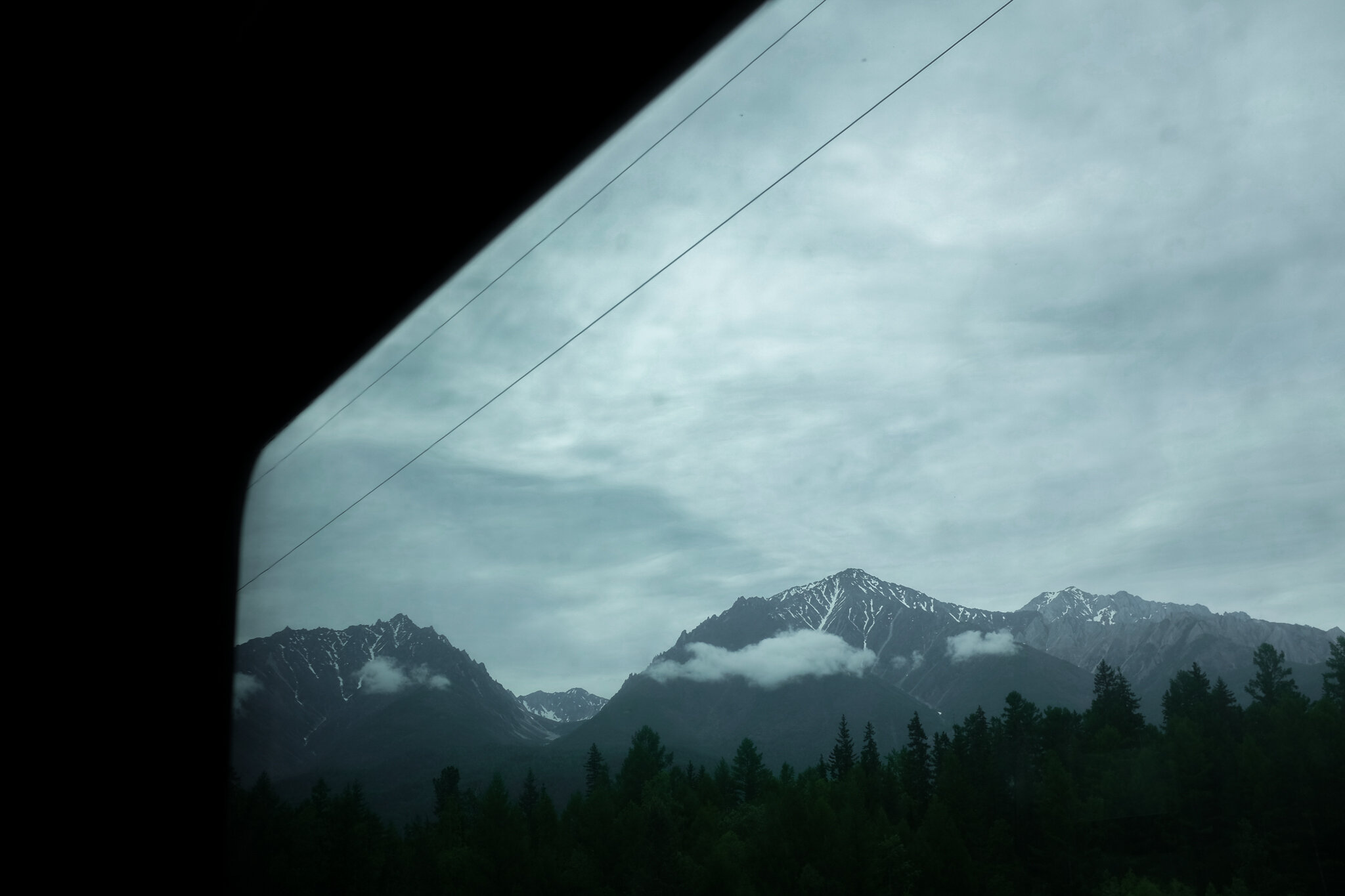Baikal-Amur-Mainline
The Baikal-Amur Mainline, or BAM for short, is a 4,000km line running parallel to the famous Trans-Siberian - about 700km to its north - through the heart of Siberia. Work on the BAM started in the 1930s, to create an alternative to its big sister, with the first sections laid by gulag inmates, many of whom perished in the unforgiving conditions. The strain and cost of WW2, combined with the sheer difficulty of construction through the permafrost terrain made for slow progress, and in 1974, with much still to do, Leonid Brezhnev began marketing it as a nation-building pinup and the "construction project of the century", and funnelled workers from across the USSR to the remotest of Siberian lands to get the job done. Many stayed after the line's completion, and the small towns that pepper the route are each known for their strong contingents of Latvians, Armenians, Kazakhs, Georgians, and more to this day. After the fall of the Soviet Union, the BAM, its towns, and the surrounding resource industries that propped them up all fell hard with it, but with a resurgence in mining operations, and more Russians now able to afford irregular travel between work and home or family, the line is starting to realise the dreams that were held for it in 1930s. However, with the BAM’s one-direction traffic, a severe impediment its commercial viability, the permafrost beneath it beginning to melt, and the uncertain future for fossil fuels, the end of the tracks for this runaway train may already be in sight.
The series reflects of the resulting themes of place, mobility, identity, history, memory and belonging.
























